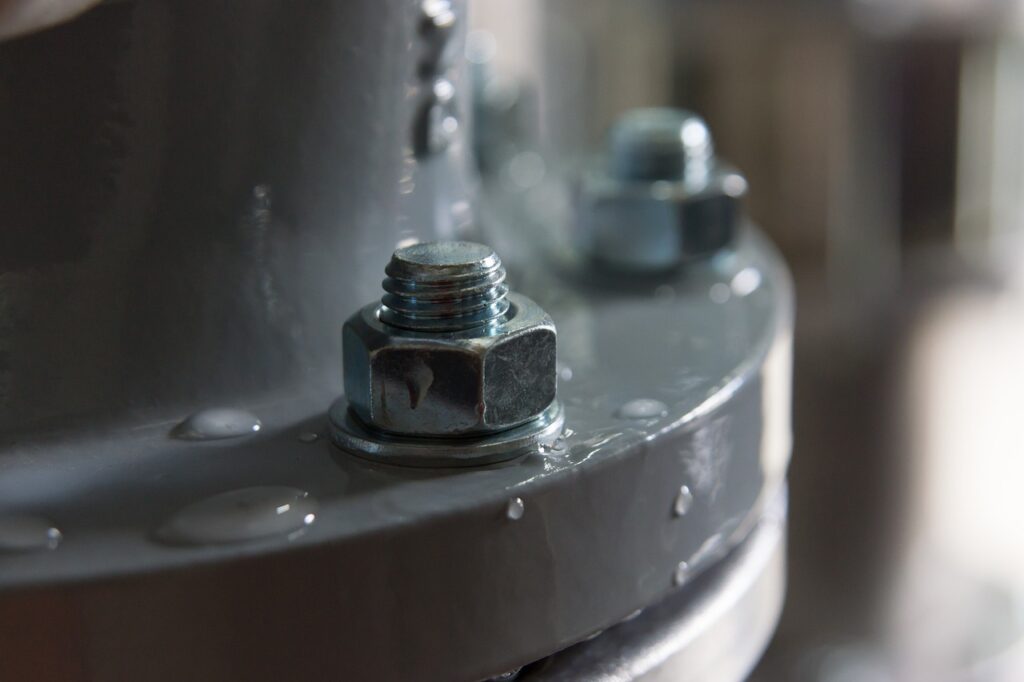Water membranes are an important part of water filtration and purification systems. They are used to remove contaminants from water, and to improve the quality of water for human consumption and other purposes. There are many different types of water membranes, each with its own set of benefits and drawbacks. In this article, we will discuss the different types of water membranes, and how they work. We will also explore the benefits and drawbacks of each type, so that you can decide which type is best for your needs.
Reverse Osmosis (RO)Membranes are the most popular type of water membranes. They use a semi-permeable membrane to filter out contaminants, such as bacteria, viruses and harmful chemicals. Reverse osmosis is used in both residential and commercial settings, and can be found in many water purification systems. The biggest benefit of RO membranes is that they are very efficient at removing impurities from water. The drawback is that they can require more maintenance than other types of membranes, as they need to be regularly replaced.
Ultrafiltration (UF) Membranes are another type of water membrane. Unlike RO membranes, UF membranes do not use a semi-permeable membrane for filtration. Instead, they use a series of layers to filter out particles and other contaminants from the water. UF membranes can be used in both residential and commercial applications, as well as for industrial processes. The benefit of this type of membrane is that it is highly efficient at removing large particles such as bacteria, viruses and even heavy metals. However, since UF membranes are not semi-permeable, they may require more energy input during the filtration process than RO membranes do.
Activated Carbon Filtration is another common water filtration method which uses activated carbon to remove impurities from the water. Activated carbon works by adsorbing (not absorbing) impurities onto its surface, thereby trapping them in place. This makes it an ideal choice for removing organic chemicals such as pesticides and herbicides, as well as chlorine and chloramine. Additionally, activated carbon is great at reducing odors and can even improve the taste of the water. The downside to this type of filtration is that it can be fairly expensive and may require frequent replacement of its filter media.
Water filtration is an important part of maintaining a healthy lifestyle, as it helps ensure that we drink clean and safe water. Different types of filters can be used to remove different contaminants from the water, depending on the specific needs of an individual or household. The most common water filters include sediment filters, reverse osmosis systems, ultraviolet light, and activated carbon filters. All four of these methods have their own advantages and disadvantages and provide varying levels of effectiveness at filtering out impurities in the water. Ultimately, it is up to each individual consumer to determine which type of filter would work best for them.




